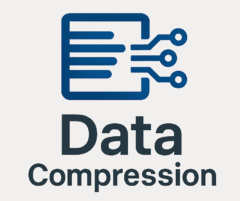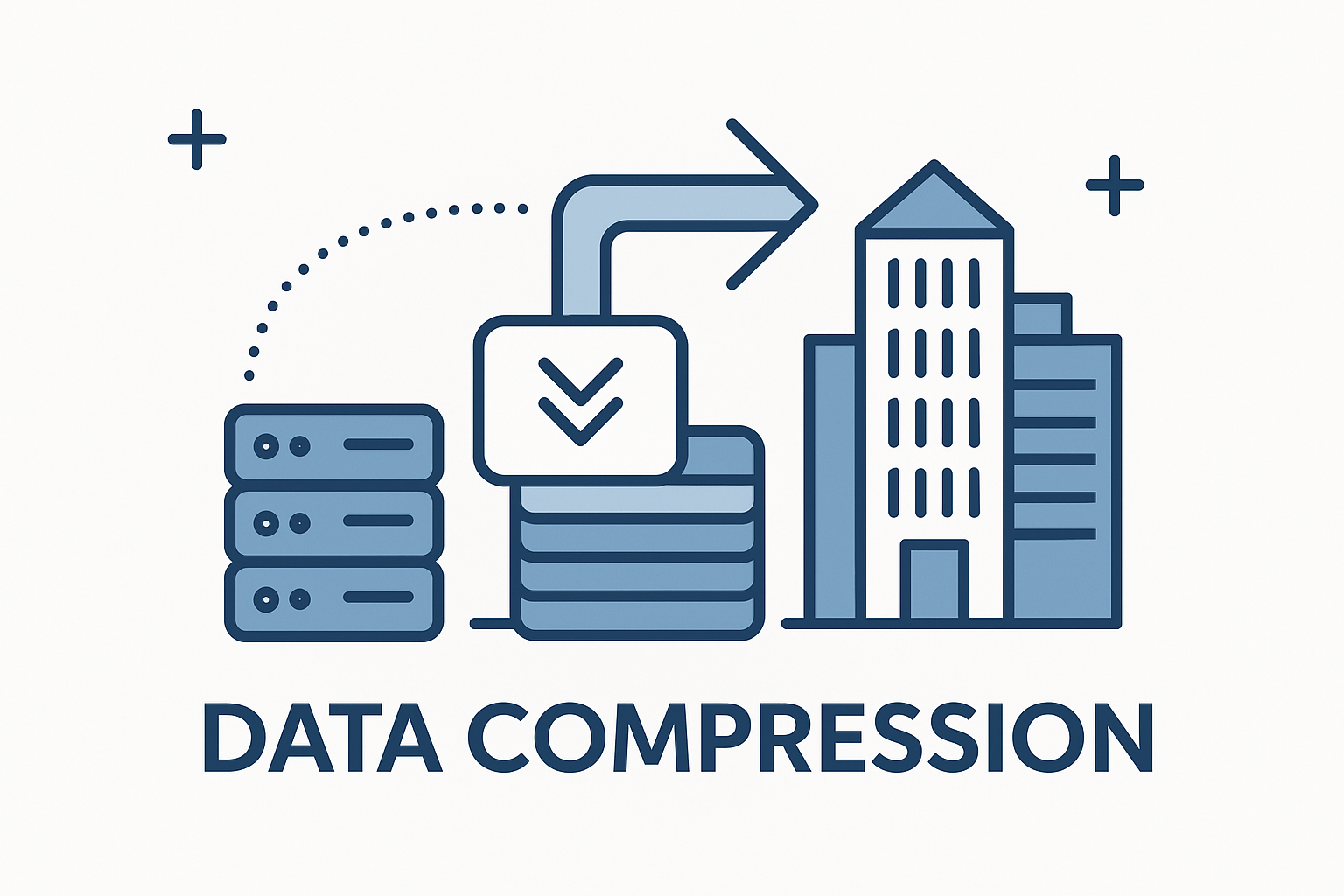
Hi, I’m Kayla. I compress video a lot—client clips, family stuff, soccer games, you name it. I’ve used these tools on my M2 MacBook Air, an M2 Mac mini, and a mid-range Windows PC with an RTX 3060. I care about three things: size, quality, and speed. Price too, of course. And if it crashes at 2 a.m., I’m out.
You know what? Not every app nails all three. But a few come close. Here’s how they did for me—real files, real times, real wins (and some fails).
If you’d like to see every screenshot, command, and side-by-side frame grab I collected during these tests, you can dive into my extended write-up here: my full hands-on report.
What Even Matters? The Fast, Plain-English Version
- H.264: old, plays everywhere, files are bigger.
- H.265 (HEVC): newer, smaller files, slower to encode.
- AV1: super small files, but slower and not supported by every app or platform yet.
- CRF/RF: a number that controls quality. Lower number = better quality = bigger file.
I’ll use those words, but I’ll keep it simple. Promise.
For a deeper nerd-level explanation of codecs, bitrate math, and why CRF works, swing by the tutorials at DataCompression.info.
If your goal is trimming down more “after-dark” clips so you can discreetly share them online, you might also want to know where that content is welcome. In that case, check out the best free sex sites for casual encounters—the guide breaks down which platforms actually allow adult uploads, what file sizes they accept, and how to avoid needless re-encodes.
For readers in the Dallas-Fort Worth area who’d rather skip the upload entirely and set up some real-world chemistry, you can browse local listings of Prosper escorts to see verified profiles, rates, and availability—handy details that make arranging a confident, in-person meetup much easier.
HandBrake: My Reliable Workhorse
I’ve used HandBrake every week for years. It’s free. It’s clean. It just works.
- Real test: 12-minute GoPro 4K beach day. Original: 7.4 GB. Output: 980 MB. Settings: H.265, RF 21, slow preset. Time: 28 minutes on my M2 MacBook Air. The laptop got warm, but it didn’t choke.
- Quality: Skin tones looked natural. Water had detail. Text stayed crisp.
- What I like: Great presets. Queue works. Batch is easy. It even supports AV1 now.
- What bugs me: Settings can feel like a cockpit. H.265 can be slow if you pick slow presets. It doesn’t love weird old formats.
If you want free and clean results, start here.
FFmpeg: The Speed Monster (If You Can Handle It)
FFmpeg is a command line tool. It looks scary, but it’s the fastest thing I own when I use my GPU.
- Real test: 20-minute dance recital, 1080p, shot on a Sony a6400. Original: 2.2 GB. Output: 420 MB. H.264 with NVIDIA NVENC on my Windows PC. Time: 4 minutes. Yup, four.
- Quality: Very good at bitrates above 3–4 Mbps. At super low bitrates, faces can look smudgy during fast moves.
- What I like: It can handle anything. Subtitles, timecode, filters, audio maps. It’s a Swiss Army knife.
- What bugs me: It’s not friendly. One time I had audio out of sync on an iPhone clip. I fixed it, but it took a few tries.
If you’re okay with typing commands, this is king for speed.
Adobe Media Encoder: The Premiere Sidekick
I use this when I’m in Adobe land. It plays nice with Premiere and After Effects.
- Real test: 6-minute wedding highlight, lots of slow motion. Original: 6.3 GB. Output: 1.1 GB with H.264, “YouTube 4K” preset and a small tweak to the bitrate. Time: 9 minutes on my RTX 3060 PC.
- Quality: Lovely color and clean edges. Motion stayed smooth.
- What I like: Presets for YouTube, Instagram, and more. The queue is stable. It chews through batches overnight.
- What bugs me: The price. And sometimes it reads variable frame rate clips weird.
If you live in Premiere, this keeps things simple.
Apple Compressor: Final Cut’s Best Friend
I use Compressor with Final Cut Pro. It’s fast on Apple Silicon and pretty easy.
- Real test: 30-minute church livestream, 4K. Original: 18 GB. Output: 2.9 GB using HEVC. Time: 12 minutes on my M2 Mac mini. I made coffee, it finished before my pour-over.
- Quality: Clean, even in low light. Text overlays were sharp.
- What I like: One-time cost. Great with ProRes and HEVC. Batch naming is neat. Filters like captions and timecode burn-in are handy.
- What bugs me: Not as flexible as FFmpeg for odd jobs.
If you edit in Final Cut, this is a no-brainer.
Shutter Encoder: Friendly Face, Serious Power
This one is free (donation-based) and uses FFmpeg under the hood. The interface looks quirky, but it’s loaded.
- Real test: Old DV tape rip from a 2006 camcorder, 480i. I deinterlaced with QTGMC, scaled to 720p, and made an H.264 file. Original: 11.2 GB. Output: 1.4 GB. Time: 24 minutes on the Mac mini.
- Quality: Honestly, it surprised me. The deinterlacing made motion look smooth, not jagged.
- What I like: Timecode burn-in, audio mapping, batch, and it handles weird codecs.
- What bugs me: The UI takes a minute to learn. Some options are tucked away in tiny menus.
If HandBrake can’t read your file, try this next.
Wondershare UniConverter: One-Click Easy
This is for folks who just want a simple slider: smaller file, done.
- Real test: 45-minute Zoom training for a client. Original: 1.1 GB. Output: 300 MB using the “Smaller Size” setting. Time: 5 minutes on the MacBook Air.
- Quality: Fine for talking heads. Faces got soft during screen shares with tiny text.
- What I like: Simple. Fast GPU support. Good for quick jobs.
- What bugs me: Paid. Some outputs look over-smoothed. Not great for picky work.
Good for beginners or when you’re in a rush.
DaVinci Resolve (Deliver Page): Strong and Stable
Resolve’s free version can export H.264/H.265, while Studio adds faster hardware encodes and more formats.
- Real test: 10 training videos, each 3–6 minutes, 4K timelines. Average file: 1.7 GB. Output per file: 180–350 MB with H.265. Batch time for all: about 35 minutes on my RTX PC with Studio.
- Quality: Sharp edges, clean gradients, and steady motion.
- What I like: One export page for the whole batch. Color stays true to the timeline.
- What bugs me: The free version can be slower. And the presets can feel strict.
Great if you edit in Resolve and want consistent looks.
VLC: The “Oh No, Wi-Fi Ends in 10 Minutes” Tool
It’s not built for fancy compression, but it works in a pinch.
- Real test: 2-minute iPhone clip, 1080p. Original: 411 MB. Output: 95 MB using the Convert feature and H.264. Time: 1 minute on my laptop.
- Quality: Okay. Not my first pick, but it sent fast over hotel Wi-Fi.
- What I like: It’s everywhere.
- What bugs me: Limited controls. No helpful presets for modern needs.
Use it when you need “good enough” right now.
My Picks After Way Too Many Late Nights
- Best free for most people: HandBrake
- Fastest with a GPU, if you don’t mind commands: FFmpeg
- Best with Final Cut Pro: Apple Compressor
- Best with Premiere: Adobe Media Encoder
- Easiest for beginners: UniConverter or Shutter Encoder (I’d start with Shutter Encoder since it’s free)
If you want one free app today: get HandBrake. If you want speed and control: learn a few FFmpeg commands. I keep both. They cover almost everything I do.
Real-World Settings That Worked For Me
These are simple, not “perfect.” But they saved me time.
- Family clips (1080p): H.264, RF/CRF 20–22, AAC audio 160 kbps
- Long events (4K): H.265, RF 21–24, slower preset if you care about

